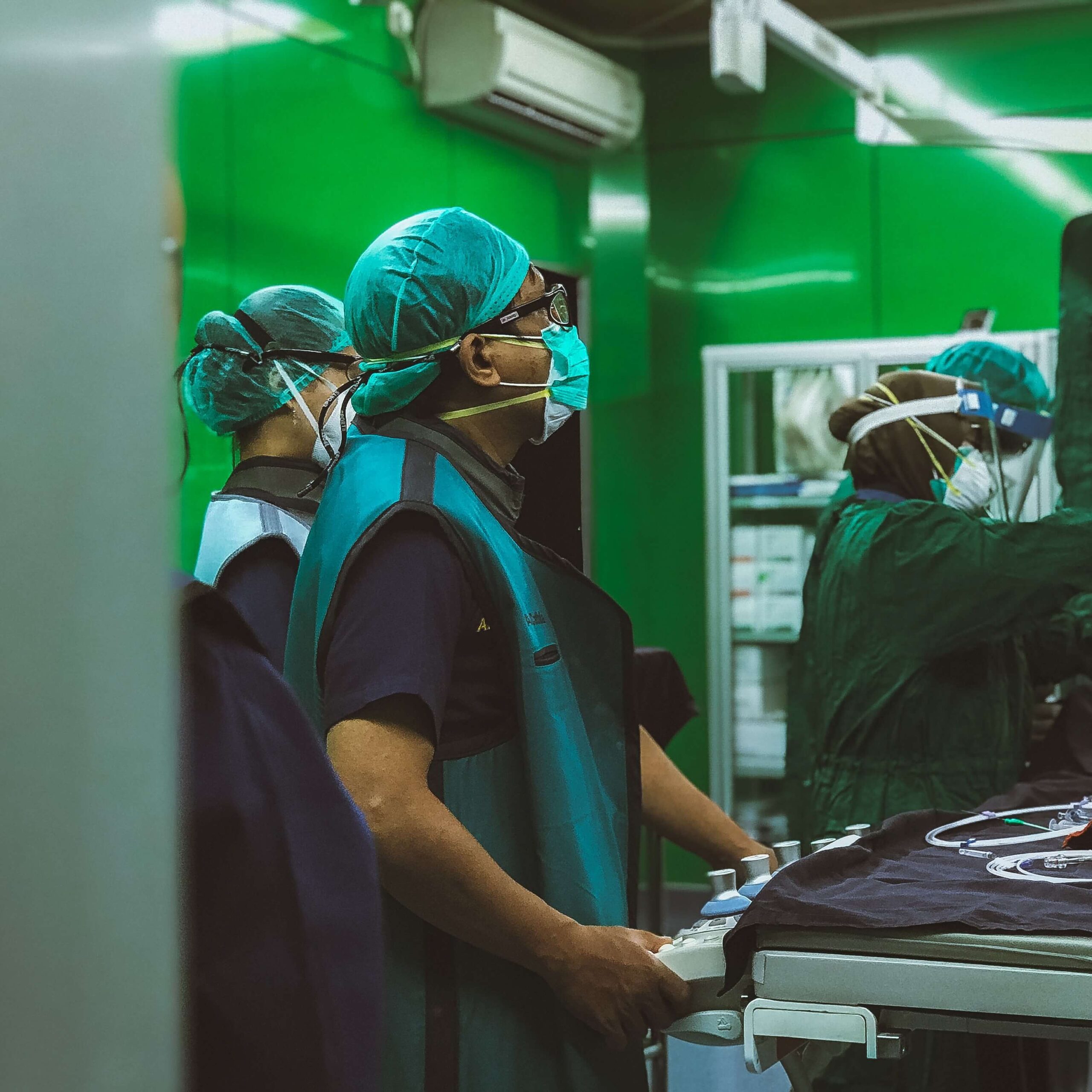
It is always safe to be prepared for any kind of calamity beforehand. The same is true for the latest dominant strain of COVID-19, known as Omicron. Starting as a mild variant, it proved to be one of the most contagious strains as compared to previous variants. The number of hospitalisations increased dramatically during its peak period compared to Delta. There is an increase in the number of deaths as well. Another worrying feature of Omicron is that it has developed mutants by adapting to its surroundings. This has resulted in several subvariants, like XBB.1.5, BQ 1.1, BA.5, etc. Some of the subvariants are able to dodge vaccines better than others. Hence, Omicron has affected both vaccinated and unvaccinated people, causing panic in the common populace.
The varied nature of Omicron has also made it a bit difficult to detect. There are chances that a COVID-19 test may be negative, but the person is actually infectious. There can be different reasons for this false negative, which will be discussed later.
COVID-19 is a respiratory infection similar to the flu but more potent. The development of symptoms depends on the health conditions and vaccination status of an individual, but most people start showing symptoms within 3–4 days of initial exposure. Common symptoms include:
Not everyone develops symptoms. Some people are asymptomatic, but there can be serious complications for such people if they get infected with the coronavirus twice or more. Some of these complications are:
It should be noted that you can suffer from a breakthrough infection even if you have developed immunity against SARS-CoV-2. The occurrence of an infection in either a vaccinated person or an individual who had previously contracted COVID is called a “breakthrough infection.” It is less severe than the original one that attacked a person for the first time.
You can confirm the presence of the infection through either molecular test or Omicron at-home test, when the symptoms appear. Even if you experience any one of the above-mentioned signs, testing is recommended to be on the safe side.
Rapid COVID tests are lateral flow tests, which involve taking patient samples through either nasal swabs or throat swabs. It is an easy and fast way of doing COVID-19 testing because it can give you results within 15 to 20 minutes of performing the test. However, there is a chance that they may give false-negative results. Experts opine that a negative COVID-19 result should not be considered negative, especially in the case of symptomatic individuals. Rapid antigen tests can be performed at home as well. The self-testing kits are widely available to avoid unnecessary visits to the testing facilities.
But do at-home COVID tests detect Omicron? At-home COVID tests can detect Omicron with 90% accuracy. The reliability of this diagnostic test depends on two characteristics:
There can be some inaccuracies in rapid antigen test results due to multiple reasons. The foremost is the change in the nucleocapsid protein of the Omicron, which has decreased the virus’s sensitivity over time. The differences in sensitivity have made it difficult to detect Omicron and its subvariants. The other reason is the viral load. The lateral flow tests only detect high viral loads. It is quite possible that an infected person may not have higher amounts of virus in the places where nasal swabs or throat swabs take the sample.
The procedure for doing Omicron testing also matters in determining the false positives or false negatives. The healthcare workers know the duration and frequency of rotating the swab tips, as well as the length to which the tips should be inserted in the nose. On the other hand, people performing lateral flow tests may not follow the procedure accurately. The nasal swabs are often uncomfortable and require attention. For instance, the swab tip should be rubbed against the nostrils to collect the sample.
Hence, it is quite possible that you have the symptoms but your test result is negative. In this case, it is advised that you undergo molecular tests and adhere to the safety precautions. Isolate yourself and wear a mask in crowded places until the results of the test are known.
It is very important to be vigilant and proactive to protect yourself from Omicron. The fight against this strain is tougher due to the fact that it has developed mutants. These mutants are difficult to detect by the existing vaccines due to changes in viral proteins and the resulting differences in sensitivity. Therefore, even vaccinated individuals can get Omicron. Similarly, it is highly contagious. Because of the shorter incubation period, it spreads faster, affecting the population at a greater rate.
You can take the following measures to make sure that you do not come in contact with SARS-CoV-2:
Educate yourself: Read and follow authentic news about the latest developments and the precautionary measures to be followed while attending gatherings or travelling. You should also know when and how to test for Omicron.
Vaccinate: Vaccinations strengthen our immune systems. Even vulnerable people like children, the elderly, and those with serious medical conditions can become partially immune to the virus.
Get Booster: Boosters aid in the maintenance of immunity against viruses. Adults 18 years of age and older should get a booster shot every 6 months.
Masking: Masks serve as your defensive shield against all variants. So, you should always wear a mask in crowded indoor or outdoor spaces.
Avoid Direct Exposure: It is better to avoid direct exposure to the virus. Do not visit any COVID-19 patients. Maintain a safe distance from vulnerable people and limit in-person appointments at hospitals.
Omicron has no specific information because scientists are still researching it. So far, we only know that it transmits at a higher rate than previous variants. It can be detected by rapid antigen tests, which are mostly accurate, but we may get false negatives due to changes in the virus’s sensitivity over time. Precautions must be taken to protect yourself from Omicron and its subvariants, as well as to curb the spread of viruses.
Emir Limam – E11 Group B.V. Netherlands – Fraudster
24 May 2023When to Take a Test After Covid Exposure?
30 January 2023A Rapid Antigen Test vs a Lateral Flow Test for Covid-19
30 January 2023